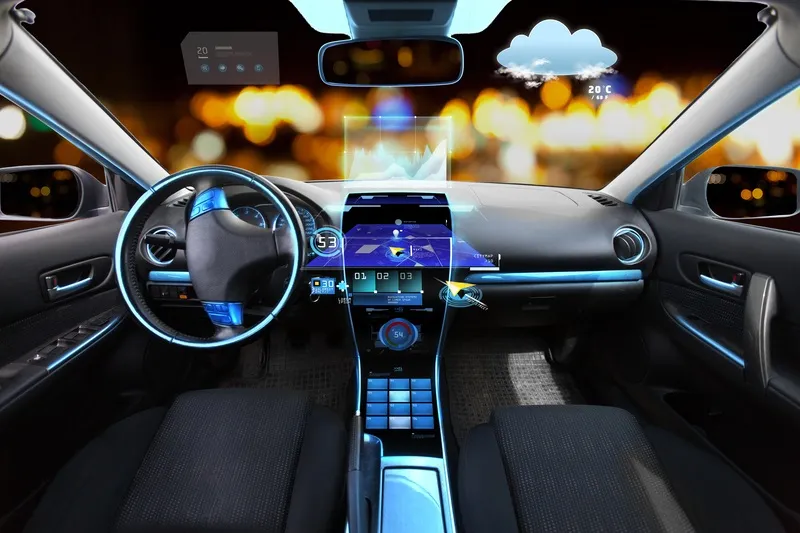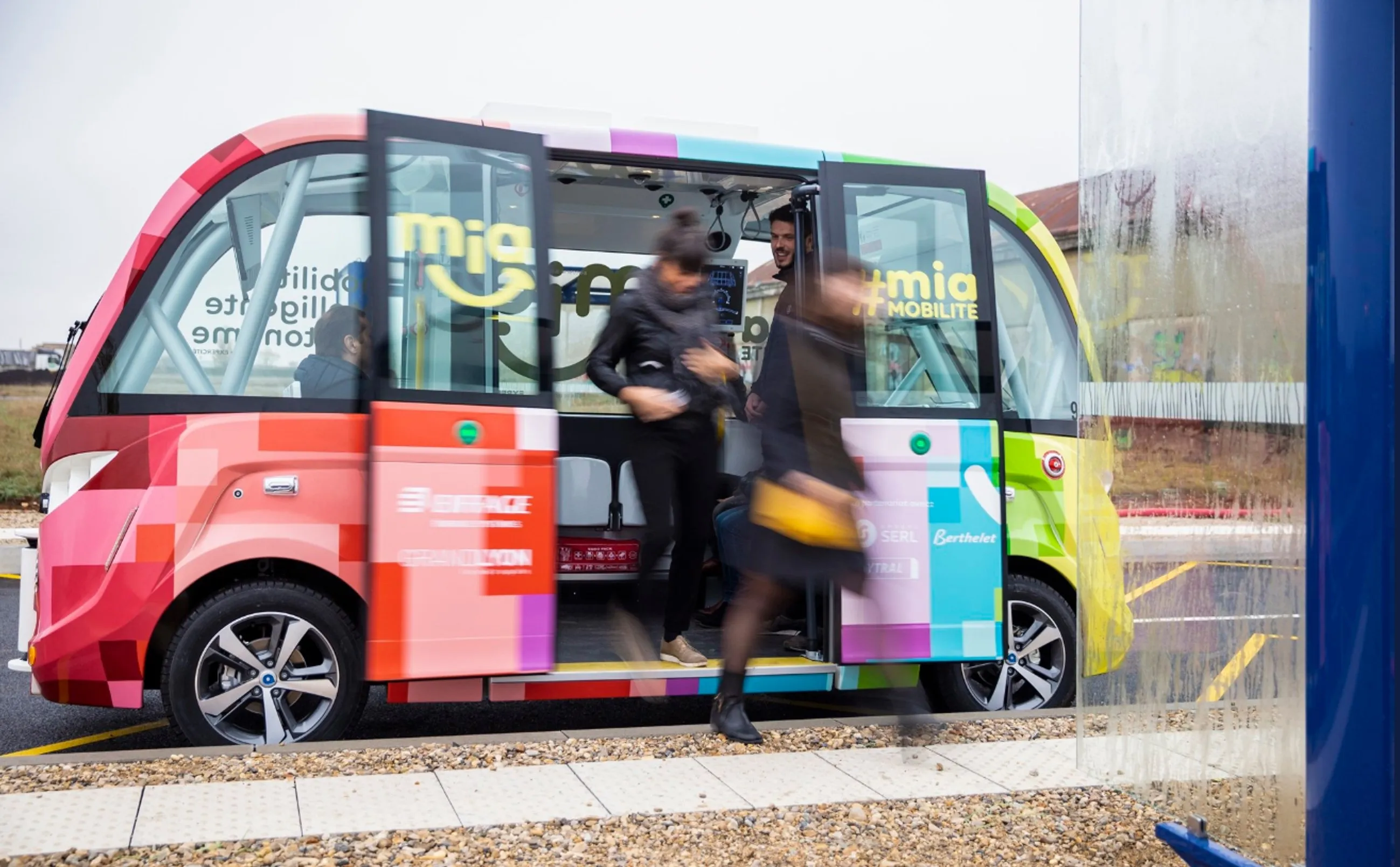Technology provider Aptiv will launch 30 autonomous vehicles (AVs) in Las Vegas to pick up riders using Lyft's app and network from 3 May. Passengers will be able to travel in a self-driving vehicle to high-demand locations. Kevin Clark, Aptiv president and chief executive officer, says: "With Aptiv's autonomous driving technology deployed throughout Las Vegas and broadly accessible through the Lyft app, a wide range of consumers will be able to share the experience of autonomous vehicles in a complex
May 3, 2018
Read time: 1 min
Technology provider Aptiv will launch 30 autonomous vehicles (AVs) in Las Vegas to pick up riders using Lyft's app and network from 3 May. Passengers will be able to travel in a self-driving vehicle to high-demand locations.
Kevin Clark, Aptiv president and chief executive officer, says: "With Aptiv's autonomous driving technology deployed throughout Las Vegas and broadly accessible through the Lyft app, a wide range of consumers will be able to share the experience of autonomous vehicles in a complex urban environment.”
Clark adds that the knowledge and data gained will allow the company to carry on refining autonomous driving capabilities and expand a portfolio of active safety solutions.










